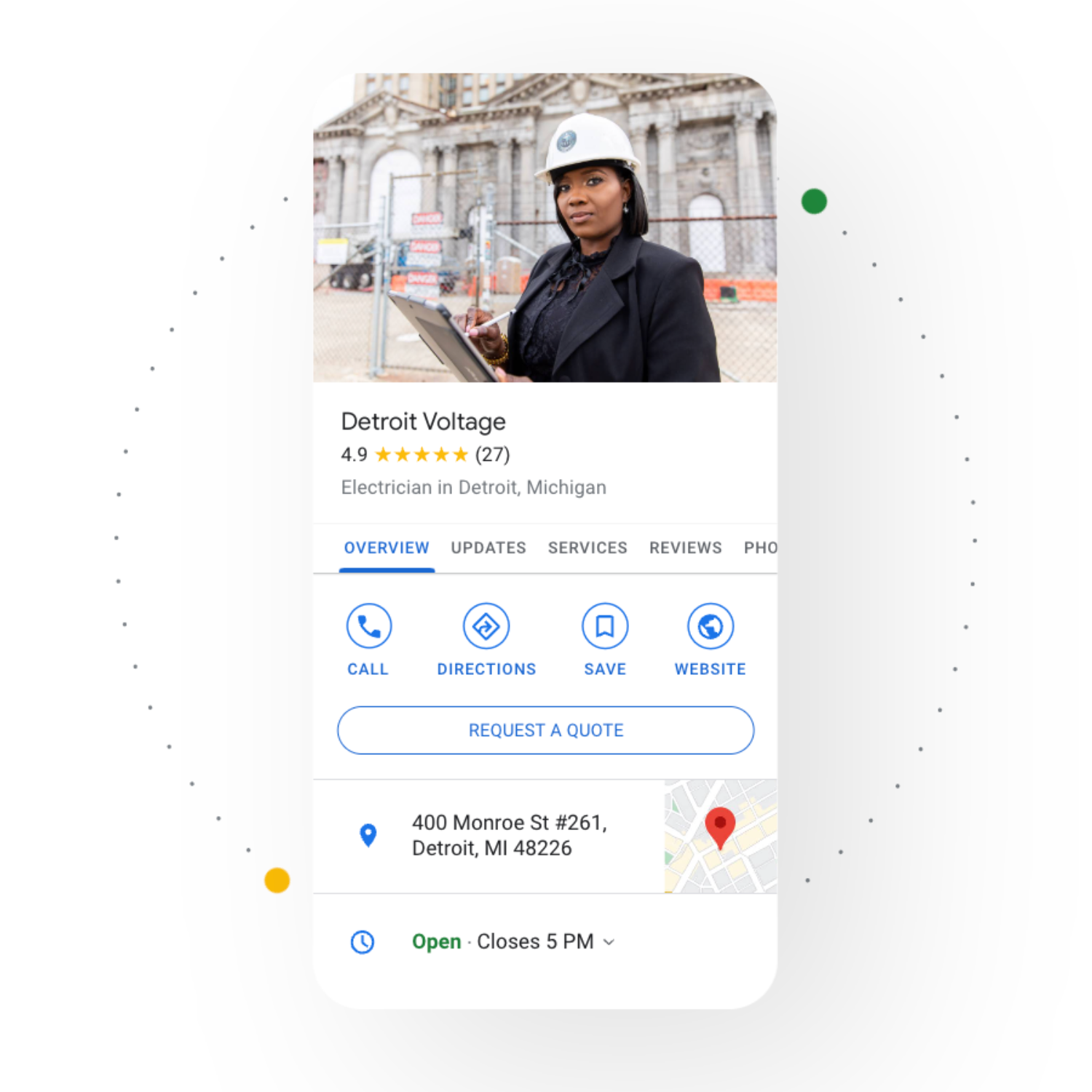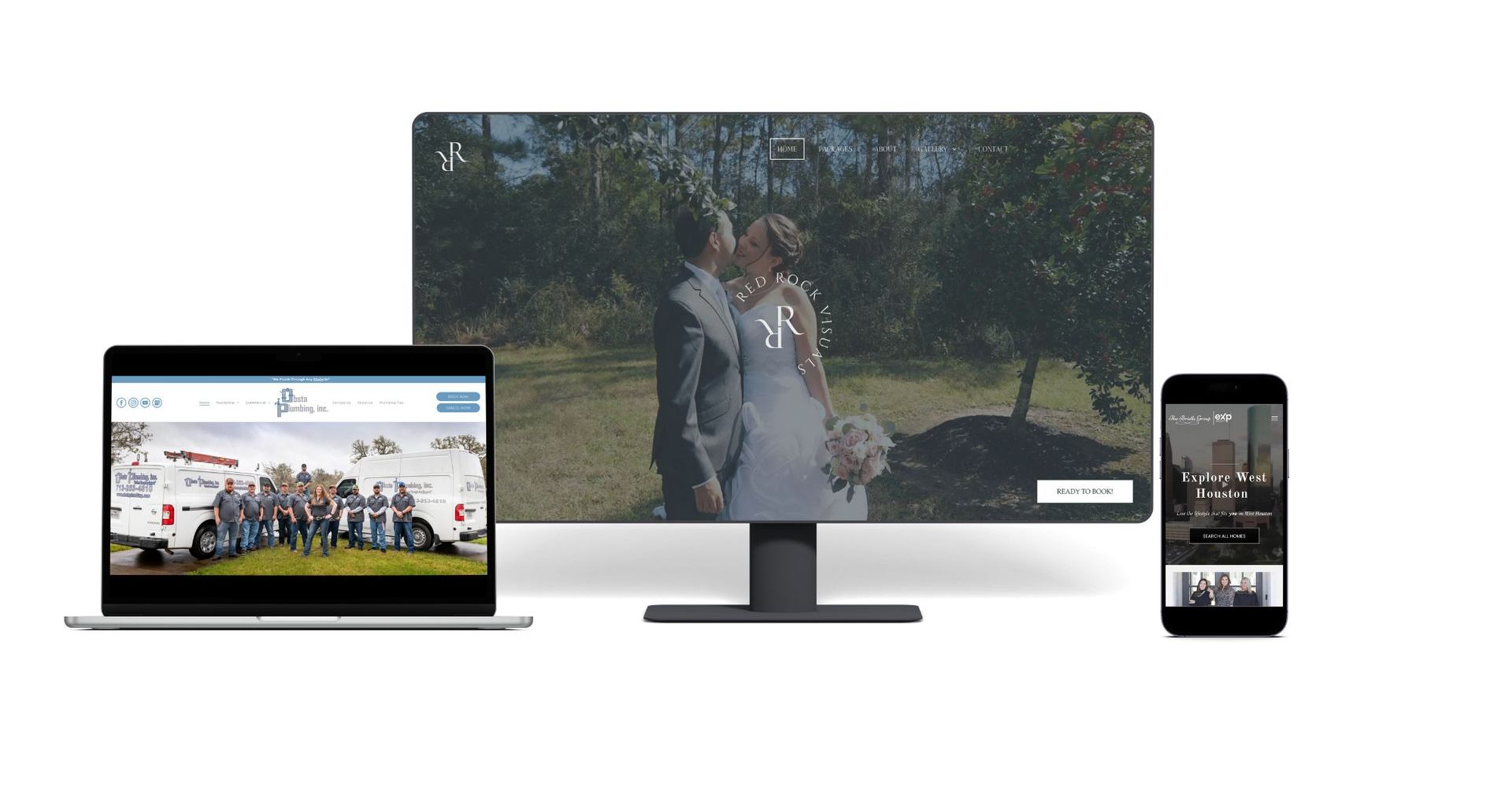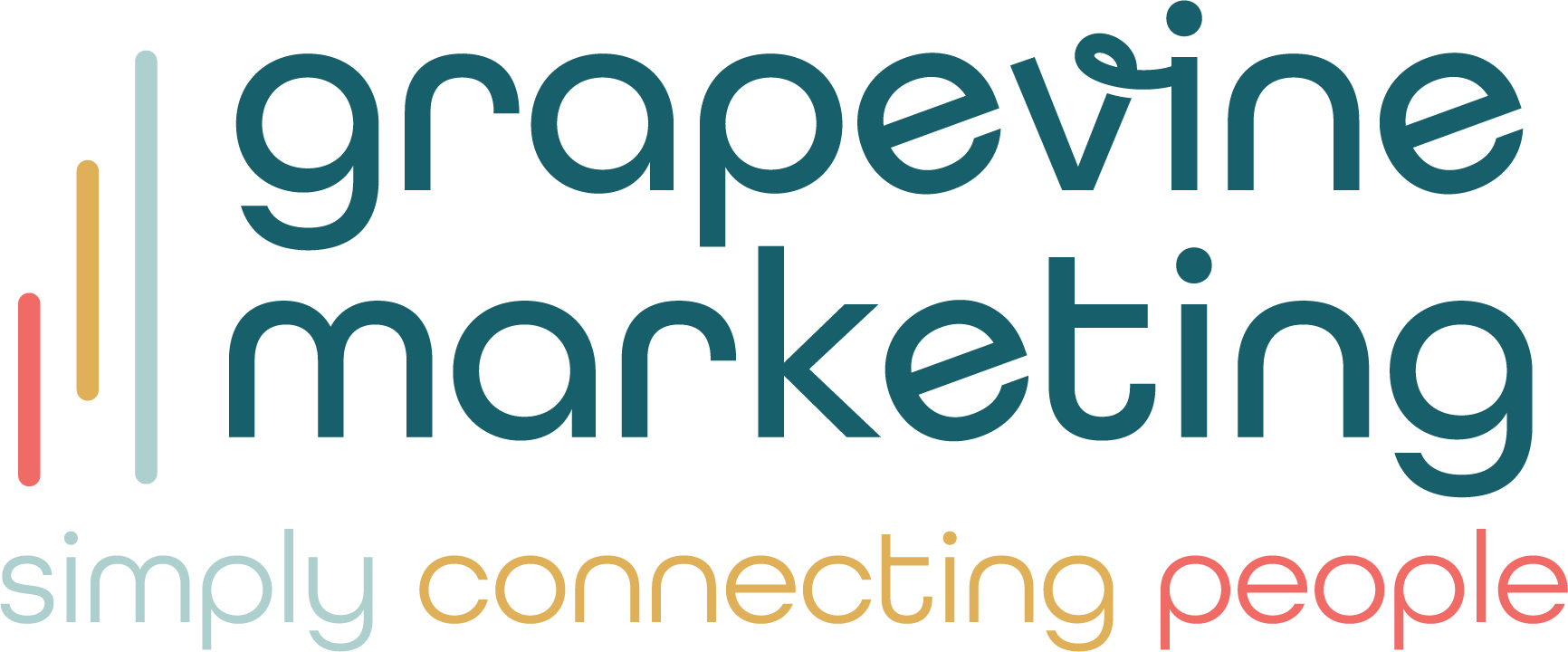12 Tips for Building a Profitable Small Business Website
Learn the essential tips for creating a successful and profitable small business website with our comprehensive guide. From optimizing your site for search engines to developing a user-friendly layout, our 12 expert tips will set you on the path to online success. Start building your dream website today!
Tips for building a profitable website
In today's digital world, it's not enough to just have any website. Your website is often the first impression of your business that potential customers see, and it should reflect your business's values and goals. However, with so much competition online, that's not enough.
Your website also needs to be easy for prospective customers to find and use. Building a profitable website can seem like a daunting task, but with the right strategy and execution, it can be achieved. One of the most important things you can do is identify your niche and target audience. By understanding your audience's needs and interests, you can tailor your content and marketing efforts to meet their needs. This will help attract more visitors to your site, increase engagement, and ultimately drive conversions.
With so many businesses competing online, you need to ensure your website stands out and maximizes its potential. Here are 12 tips for building a profitable small business website.
1. Make it mobile responsive
In 2023, having a mobile-responsive website is more critical than ever before. With a growing number of internet users accessing websites from mobile devices, having a website optimized for mobile viewing is essential to providing the best user experience possible.
A mobile-responsive website ensures that users can easily access your site, view content, and perform necessary actions on any device, whether it's a smartphone, tablet, or laptop. Additionally, having a website that is mobile-responsive can improve your search engine optimization (SEO) ranking, as Google and other search engines prioritize mobile-friendly sites in their search results.
By investing in a mobile-responsive website, you provide users with a seamless, streamlined experience that enhances brand trust and encourages visitors to return to your site in the future. Ultimately, building a mobile-responsive website is a business investment that helps increase engagement, drive conversions, and promote long-term success.
2. Make it easy to find
It's essential to ensure that your website is easily discoverable on the internet, and that your domain name is simple and memorable. Your website and domain name help visitors recognize and remember your brand, making it easier for them to find you online and return to your site in the future.
By implementing strategies to improve your SEO, such as using relevant keywords and optimizing for mobile devices, you can increase the chances of appearing at the top of search engine results pages and attract more traffic to your site. Ultimately, investing in SEO and a memorable domain name are key steps towards promoting your brand and attracting more customers to your business.
3. Make it engaging from the start
The content above the fold on your website is one of the most important areas for engaging your visitors and driving conversions. This section of the page includes anything that's visible without the need to scroll, which typically includes the header, navigation bar, hero image, and headline.
A clear, compelling headline should be placed front and center to grab the viewer's attention and concisely convey your value proposition. Supporting graphics, such as high-quality images or videos, should be placed in proximity to the headline, ideally showcasing the benefits of your product or service and encouraging visitors to explore further.
It's also important to include a clear call to action (CTA) above the fold, whether that be a button or link that directs users to the next step in the conversion process. Overall, placing key elements such as headlines, graphics, and CTAs above the fold can help maximize the effectiveness of your website and boost engagement rates.
4. Make it easy to navigate
When it comes to website design, an essential element to consider is the ease of navigation. Your website needs to be easy to navigate so that visitors can move around your site with minimal effort, find relevant information, explore products, and complete desired actions quickly. A complicated or confusing website layout can lead to a higher bounce rate, reduced engagement, and ultimately, decreased conversions.
By simplifying your website structure and making it more intuitive for visitors, you create a more enjoyable, efficient, and satisfying browsing experience that encourages users to engage with your content, services, or products. A user-friendly website also helps establish trust in your brand, improving the perception of your overall professionalism, credibility, and expertise.
So, if you're looking to improve the success of your website, ensuring your website is easy to navigate for visitors should be top of your list.
5. Make it visually clean and free of clutter
Your website user experience is a reflection of your overall brand identity and can have a significant impact on how visitors perceive you and your business. Having a clean and well-aligned user experience (UX) not only provides a positive first impression but also enhances the overall credibility and trustworthiness of your brand. A cohesive UX design that aligns with your brand's colors, font, and imagery creates a sense of continuity while also establishing a reliable and professional image.
Additionally, by implementing an intuitive and user-friendly layout, you improve the ease of navigation, leading to increased engagement rates and higher conversion rates. By investing in a clean and aligned UX, you provide users with a more enjoyable and efficient online experience that leaves a lasting impression and encourages them to return to your site in the future, ultimately reducing your bounce rate and improving your overall reputation.
6. Make sure information is accurate
Keeping your website information accurate and up-to-date is essential for maintaining credibility with your audience and building trust in your brand. In today's digital age, users have access to a wealth of information at their fingertips and expect businesses to keep their online presence current. Outdated information, such as old pricing or contact details, can lead to confusion and frustration among visitors, potentially leading to negative reviews or loss of business.
Additionally, inaccurate information can harm your SEO ranking and negatively impact your visibility on search engine results pages. By regularly updating and verifying your website information, you demonstrate your commitment to providing your visitors with the most relevant and reliable information possible, establishing your brand as a trustworthy authority in your field. Ultimately, accurately representing your business online can improve engagement, drive conversions, and boost your long-term success.
7. Make it lightning fast
In today's digital age, users expect fast and seamless experiences when browsing websites. Studies show that users are more likely to abandon a website if it takes longer than 3 seconds to load. Having a website that loads quickly is essential for providing a positive user experience and keeping visitors engaged with your content. Slow-loading sites can lead to a higher bounce rate, decreased engagement rates, and even damage the reputation of your brand.
Additionally, a fast-loading website can improve your search engine optimization (SEO) ranking, as Google and other search engines prioritize sites that provide users with a speedy and hassle-free browsing experience. Ultimately, having a website that loads quickly can mean the difference between converting visitors into loyal customers or losing them to a faster and more user-friendly alternative.
8. Make sure to have a clear Call To Action (or goal) for the user
When redesigning, or creating a new website, having a clear call to action (CTA) is essential for encouraging users to take the desired actions on your site. A well-designed CTA directs users to take the next step in the conversion funnel, whether that be filling out a contact form, making a purchase, or signing up for a newsletter.
By making your CTA clear and prominent, you increase the likelihood that users will engage with your site and complete the desired action. Additionally, including multiple CTAs throughout your site can help guide users along their customer journey, providing additional opportunities for engagement and conversion. Ultimately, a clear and well-placed CTA can be the difference between a visitor who bounces from your site and a loyal customer who returns time and time again.
9. Give something of value to the user
Providing a freebie or discount, such as an e-book, coupon code, or trial offer, can create a sense of reciprocity and encourage users to take the next step in the conversion process. By offering something of value upfront, you establish trust and credibility with the user, increasing the likelihood that they'll eventually make a purchase or sign up for your services.
Additionally, giving away freebies or discounts can help build brand awareness and create viral marketing opportunities as users share the offer with their friends and followers. In sum, providing value-adds like freebies or discounts can be an effective way to boost engagement rates, differentiate your brand, and drive long-term business success.
10. Get personal
When building a website, incorporating personalized and localized content can help establish trust and strengthen your relationships with customers. Personalized content that speaks directly to the user's individual needs, interests, and browsing history can create a more engaging and relevant experience that encourages users to explore further.
Similarly, by including local content, such as location-specific images, stories, and information, you can show your audience that you understand their unique community and are committed to supporting local initiatives. By creating a sense of personalization and relatability, you can differentiate your brand from the competition and build long-term loyalty with your audience.
Ultimately, adding personal and local content can help create a more comprehensive and engaging website that resonates with your target audience and drives greater engagement and conversions.
11. Focus your copy on the customer
When building a website, it's essential to focus your copy content on the customer. The most effective marketing messages speak directly to the needs and desires of the customer, highlighting how your product or service can help solve their problems or improve their lives.
By placing the customer at the center of your messaging, you create a more relatable and personalized experience that resonates with your audience. Incorporating customer testimonials, case studies, and social proof into your website design can also help build credibility and trust with potential customers.
Ultimately, a customer-centric approach to website content can increase engagement rates, improve conversion rates, and drive long-term business success.
12. Incorporate SEO best practices
You need to make sure your website is optimized for search engines to stand out amongst the competition. This is where SEO (Search Engine Optimization) comes in. SEO is all about improving your website's visibility and ranking on search engines like Google, Bing, and Yahoo. Incorporating SEO best practices into your website helps ensure that your website appears on top of search engine results pages, which, in turn, drives more traffic to your site.
SEO best practices include using relevant and targeted keywords, optimizing your website for mobile devices, creating high-quality content, building backlinks, improving website speed and performance, and optimizing images and videos. By incorporating these best practices, your website can attract more visitors, increase engagement, and improve your overall digital marketing strategy.
Best practices for a profitable website
It's vital to maximize the effectiveness of your website to inform and sell to prospective buyers online. Creating a website using the tips mentioned in this article will help your business stand out in today's digitally competitive world, making it effortless for prospects to find your business and meet their needs.
Marketing Articles on the Vine





